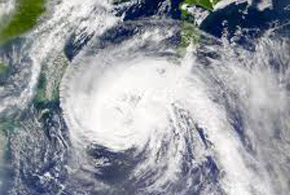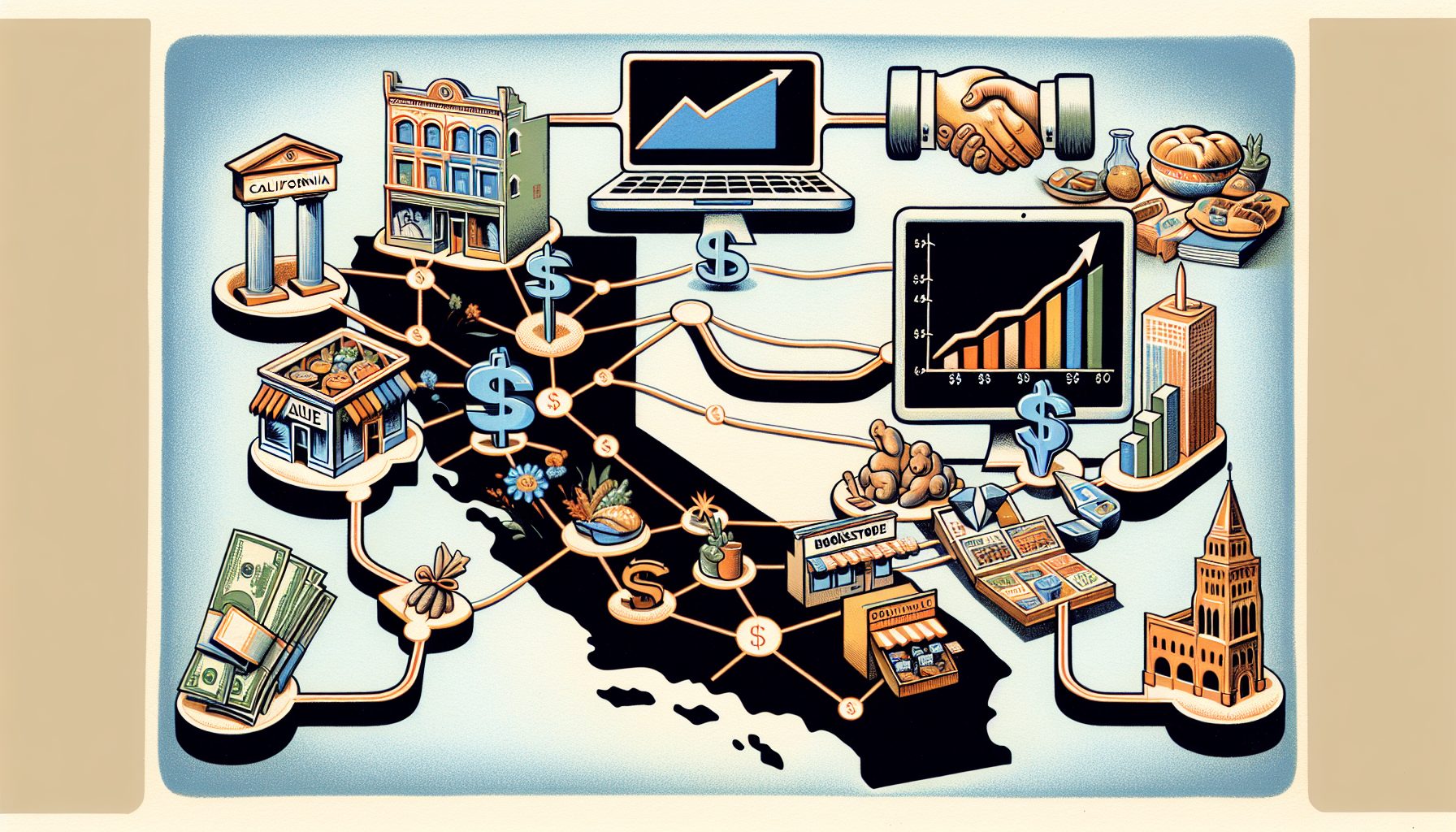When super-typhoon Haiyan slammed into the Philippines on November 8, 2013, it left behind enormous devastation. The storm, which clocked winds as high as 195 miles per hour, led to more than 6,300 deaths and caused nearly $3 billion in damage. It was one of the worst cyclones in recorded history.
Not surprisingly, information technology played a key role in relief efforts, including providing aid and assistance to survivors. The International Organization for Migration (IOM), a global organization that provides humanitarian aid during major crises, turned to data mining and visualization systems to provide shelter and other necessities for the more than 300,000 displaced Philippine victims.
It was a formidable challenge.
“In order to coordinate basic services in evacuation centers, IOM had to collect, analyze and provide data on hundreds of displacement sites to partners on the ground,” explains Nuno Nunes, the IOM’s Camp Coordination Camp Management Global Cluster Coordinator. “All this occurred in a typhoon-devastated area that had extremely poor connectivity while life-saving emergency operations were taking place.”
The organization turned to SAS data visualization and text-mining tools to identify and rally responders so that they could assist with the most urgent health, water and sanitation issues. IOM relies on a system called Displacement Tracking Matrix (DTM), which tabulates the locations and needs of displaced people using raw data, site profiles, statistical reports and other data sources.
In the Philippines, the organization conducted a detailed text analysis based on comments submitted by camp managers and others representing displaced populations following the disaster. The organization placed a premium on issues revolving around health concerns. The DTM system captured the data, analyzed word patterns and provided clues about the nature and scope of problems, including facilities with the most urgent health and medical concerns, overcrowding, unsafe water and solid-waste disposal problems.
“The purpose of the DTM data is to monitor the needs of the population and identify gaps in service provisioning,” Nunes explains. For example, as the typhoon response effort commenced, IOM’s health cluster coordinator was able to quickly obtain a detailed analysis of locations with the most urgent need for medical services within a specific municipality. “This enabled a team of military doctors on mission from Japan to quickly identify locations where they could begin immediate relief missions.”
The organization, founded in 2003, initially relied on spreadsheets and other basic tools to guide decision-making. However, the DTM dashboard allows IOM to track displacement and an array of other issues across 18 countries, including South Sudan and Iraq. Analytics plays an increasingly critical role in understanding key problem points and identifying how to allocate resources, Nunes says.
In fact, IOM is now exploring how it can use the SAS analytics capabilities for other projects around the world, particularly in areas where connectivity and resources are more limited than they are in the Philippines. The end goal is to add value though technology.
“IOM aims to strengthen its tools, make its data public and go an extra step by bringing in additional statistical and analytical insights beyond just the raw data,” Nunes explains.









